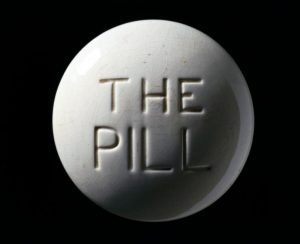Use these two pictures to help you consider the bodily changes a woman experiences in her lifetime.
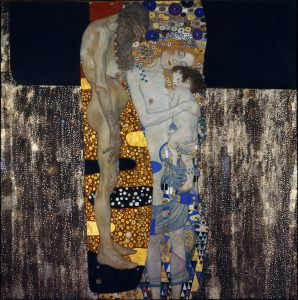
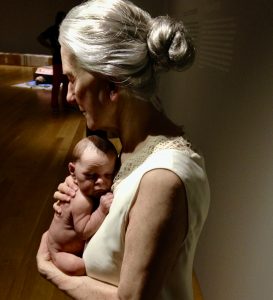
Contraception
The contraceptive pill became available in Britain in the 1960s.
How did its availability impact women’s lives?
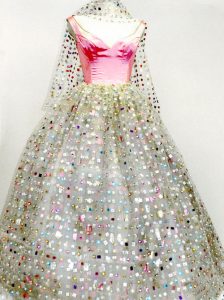
Jubilee is a wedding dress made of 80-denier nylon hand-knitted on an industrial knitting-machine. Enclosed in rows of tiny mesh pockets are 6,279 contraceptive pills. Allowing for a couple of breaks to have children, this number of pills would provide contraception for a woman from the age of 22 to 50 years old.
Jubilee was made in 2000 for the exhibition ‘Sexwise’, which raised awareness of women’s health issues. It was bought by The Royal College of General Practitioners in 2011 and is on public display in their Central London headquarters next to Euston Station.
Miscarriage
We use the word miscarriage when a pregnancy ends naturally, and abortion or termination when the pregnancy is brought to an end by medical intervention.
Do all cultures use different words for these two events?
What sense do you make of the picture below?
Start by describing what you see. What does each object in the picture mean? What story do you think the artist is trying to share?
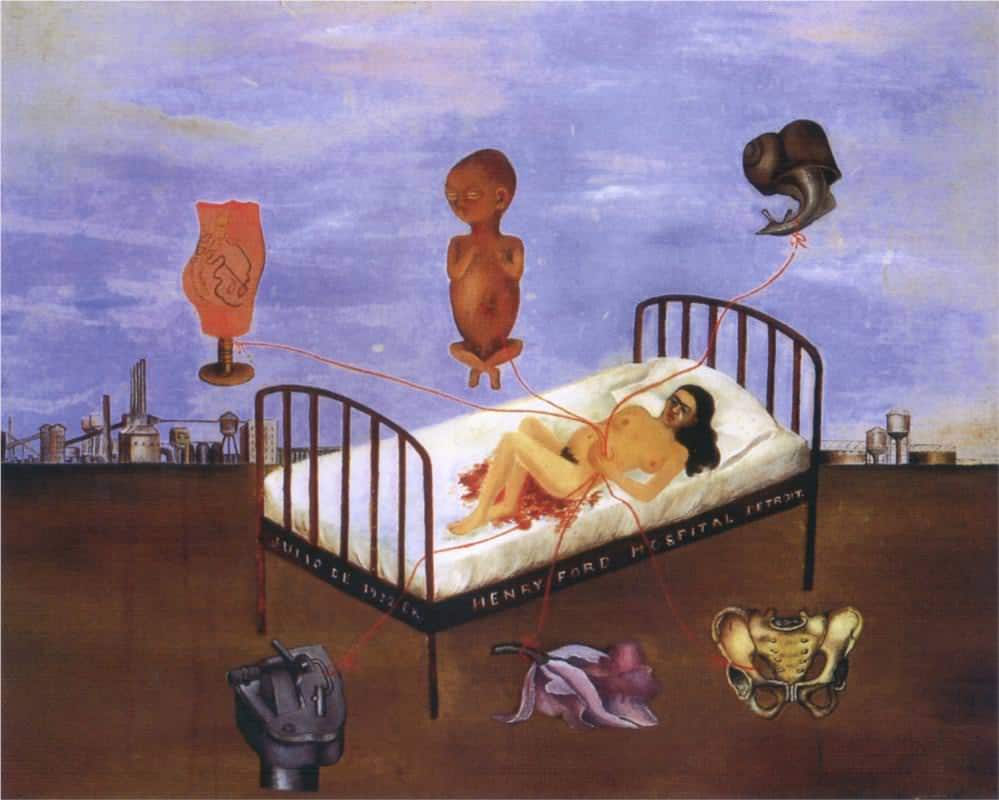
Frida Kahlo is an internationally renowned Mexican artist, whose work is an amazing resource for medical education.
In 1932 Frida had an incomplete miscarriage and was admitted to The Henry Ford Hospital for surgery. After her admission, she painted this picture to share her feelings. She depicts herself as small and helpless, bleeding on a large hospital bed. She has painted 6 other objects, linked to her by red ribbons, representing umbilical threads. Each of the objects is an important feature of the distress she feels, and have been interpreted in several ways. My thoughts based on reading different views are: the foetus represents her longed-for son; the plaster cast the fact that she has a spinal injury; the machine to show the intervention of surgery; the orchid is from her husband Deigo to represent his love for her; the pelvis signifies the problems she had conceiving; and the snail is to represent the slow tortuous nature of a miscarriage. In the background is the Henry Ford motor car factory which represents the mechanistic way with which Frida felt her miscarriage was managed at the hospital — like she was an item on a conveyor belt.
Motherhood
Each culture has its own fertility symbols and superstitions about pregnancy and childbirth.
Which ones are you aware of and do these play a role in your medical practice?
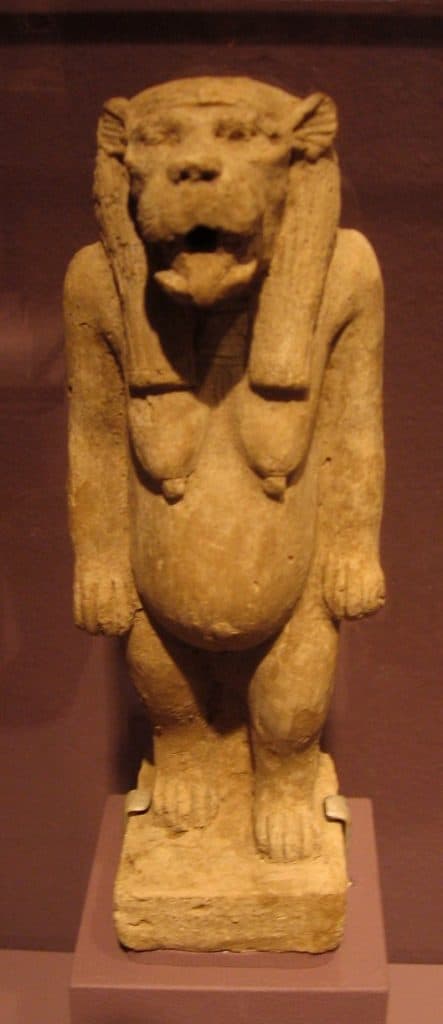
Taurt, also called Taweret or Thoueris is an ancient Egyptian goddess of fertility and childbirth, also associated with the nursing of infants. This clay statuette of Taurt was found in a foundation under the enclosure wall of the pyramid of Nubian King Anlamani (c. 623–595 BCE)
What do you make of this large sculpture by Damien Hirst? On side of the sculpture is of a naked pregnant woman the other side is cut away as in anatomical dissection to reveal a pregnant uterus.
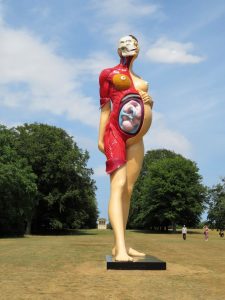
What does this sculpture say about the bond between mother and child?
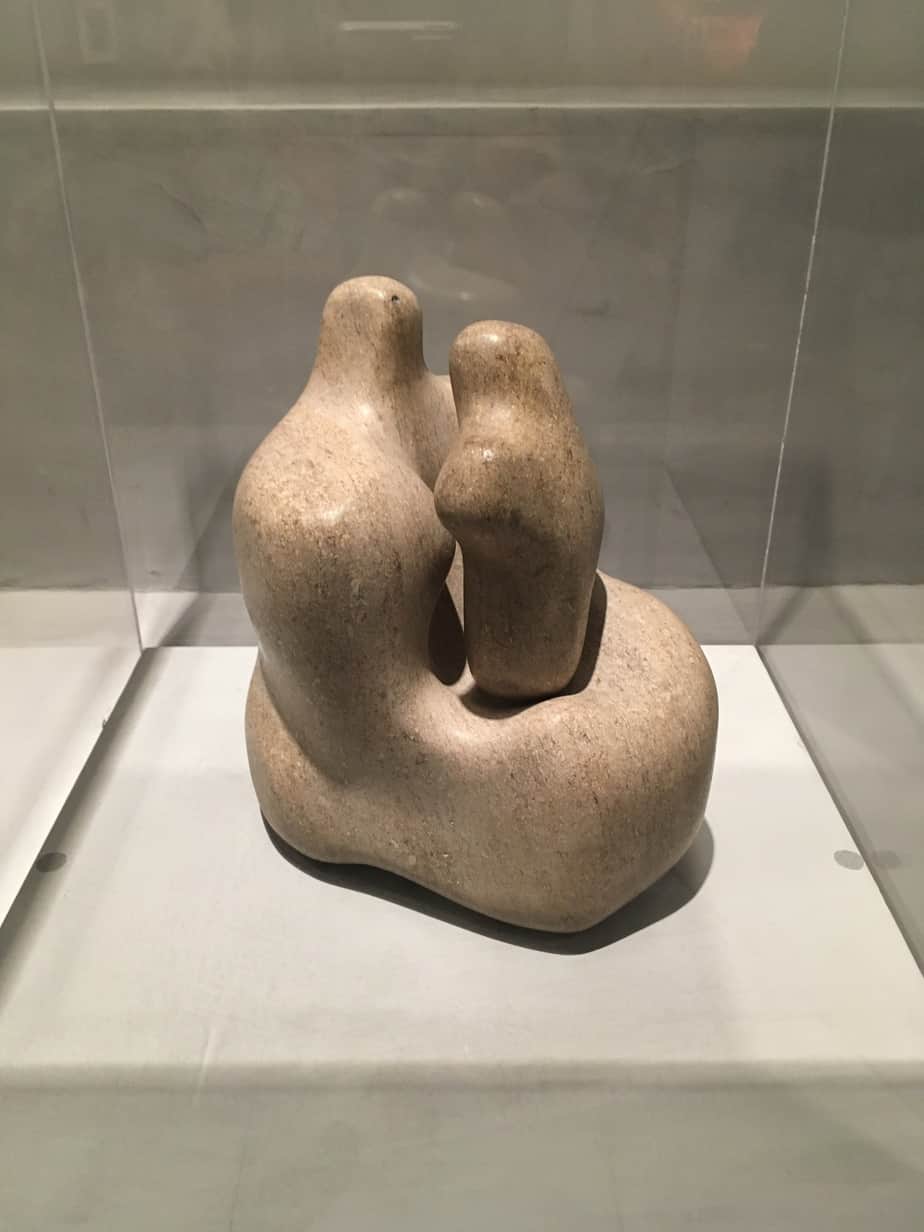
Do you have a favourite image that represents motherhood?
What role do you think the arts play in promoting behaviours like breastfeeding?

Menopause
I found this poem by Louise Proddow on her website Rejuvage.
It’s shared here with Louise’s permission to help you think about what it feels like to have menopausal symptoms.
Dear menopause… my poem to you
Dear menopause…
Wide awake at 4 am,
Hot and sweaty here again.
Sticking to bed sheets,
Worries flashing through my head.
Things I should not have said.
Maybe it was because I ate late,
My stomach is bloated,
My waist has gained weight.
My sexual libido in the distant past,
Hormones now raging fast.
Mind and body constantly on fire,
Anxiety, tiredness, feeling no desire.
Sleepless nights leave me drained,
Friends say they are going insane.
HRT has provided some relief,
Blood tests gave me peace of mind,
That the correct dosage could be defined.
But my car keys are still difficult to find.
Physical and mental changes,
Sometimes I no longer feel like me,
More like an empty vessel,
Or a lost cat up a tree.
Low energy and a tendency to cry,
Normality I seem to have said goodbye.
Menopause has glazed over my life,
Talking helps shed light on the taboo,
Girlfriends sharing sweaty stories with you.
A healthy lifestyle saves the day,
Drugs, gels and less carbs is my way,
To keep symptoms at bay.
The drama has started to subside,
Menopause you’re an exhausting ride.
(Written at 4am, all sweaty)
page created September 2021

